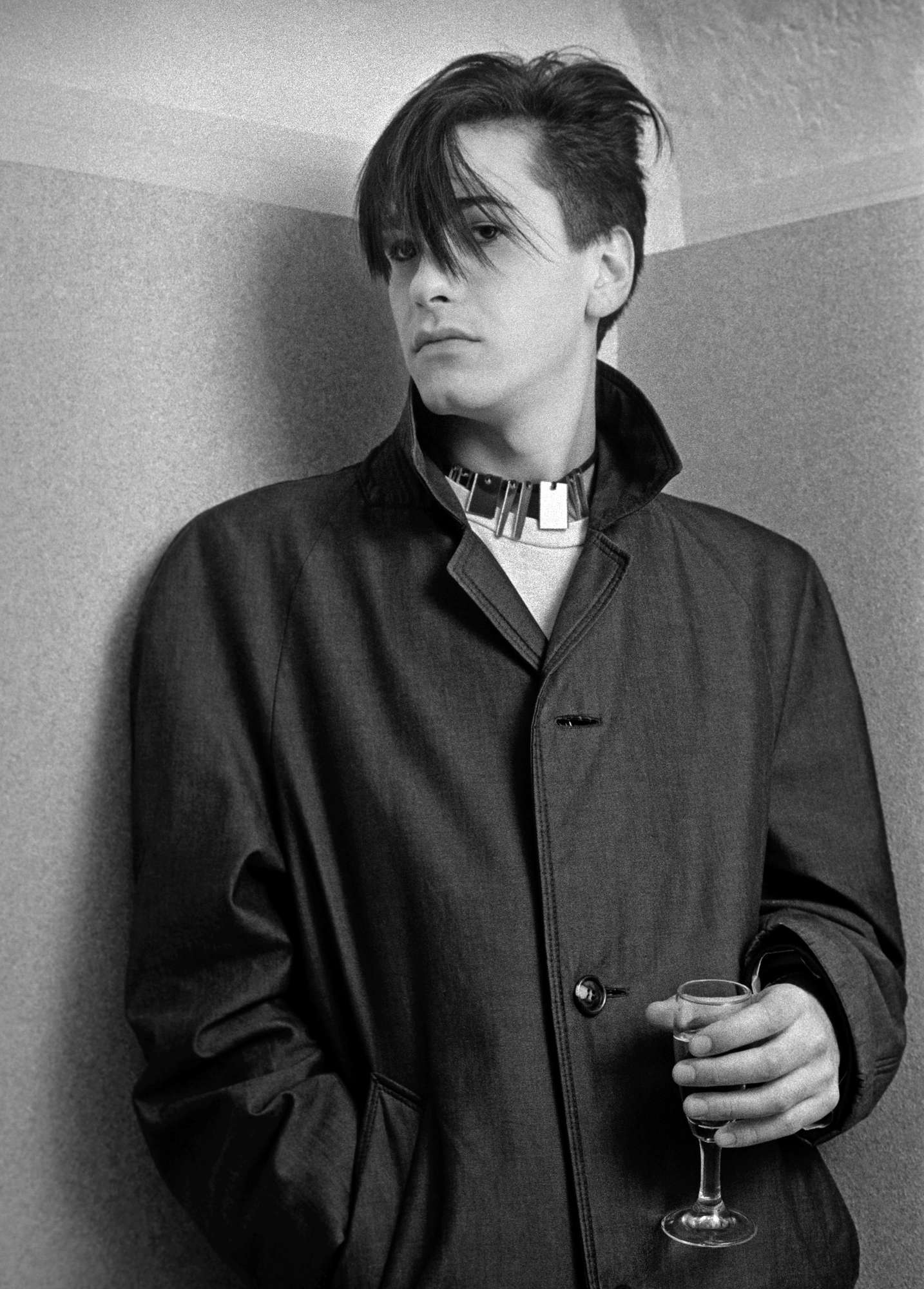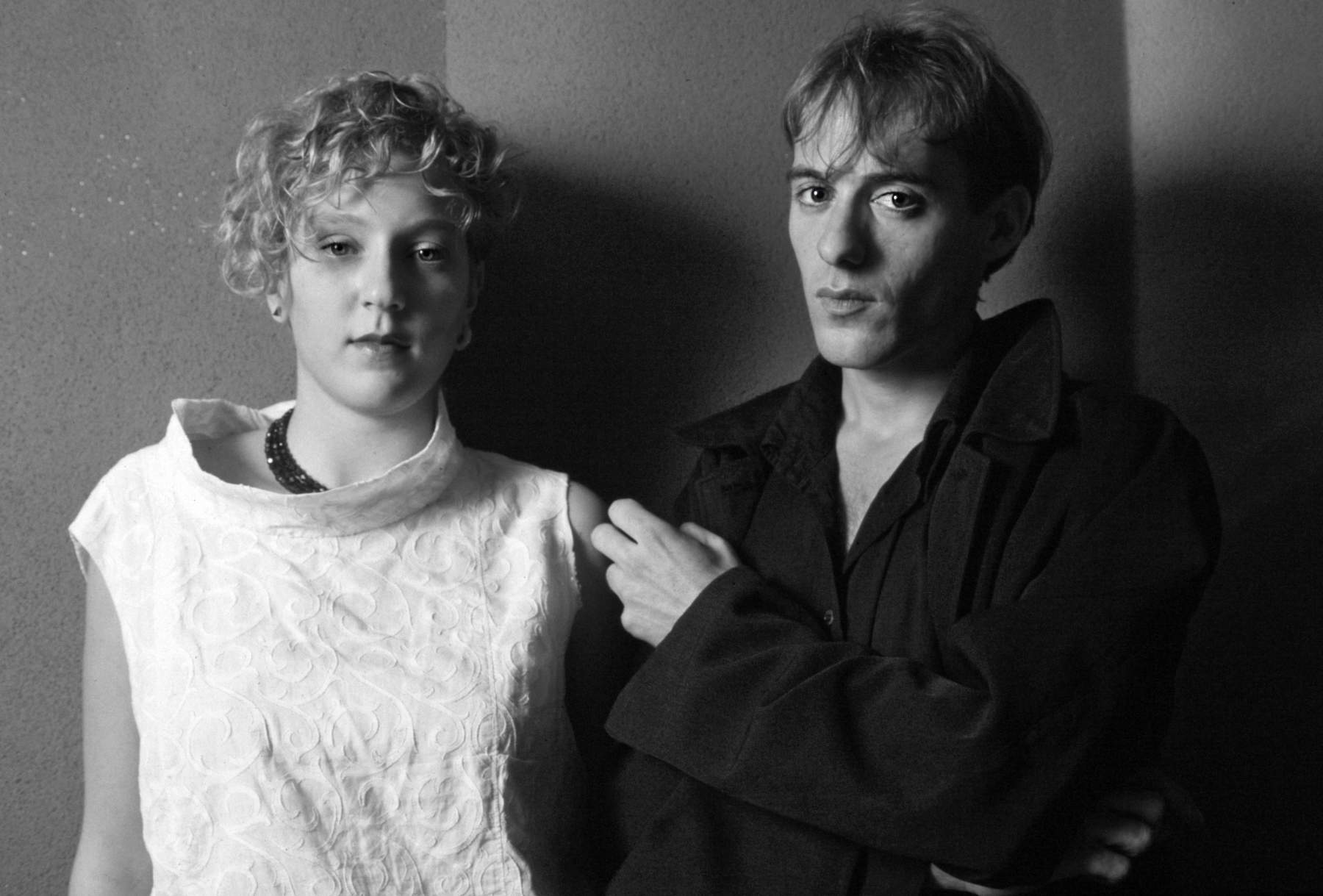Works from the Dark Portraits series by one of the greatest contemporary portrait photographers, Dino Ignani (Rome, 1950), become part of the heritage of the Civic Museums of Rome. Among the 37 projects nominated for the PAC - Plan for Contemporary Art 2022-2023 promoted by the General Directorate for Contemporary Creativity of the Ministry of Culture, the Capitoline Superintendence was in fact admitted for funding in the area of “acquisition and production of works of contemporary art and creativity destined for the Italian public heritage” precisely with the Dark Portraits project by Dino Ignani. The nucleus of works goes to enrich the Capitoline heritage by exploring the culture of the 1980s through the photographer’s gaze.
Ignani’s research on the fashion and look of the time has produced a cycle of portraits dedicated to the young people who animated the clubs of the so-called dark scene in Rome, which recognizes to the color black an unprecedented range of aesthetic and identity declinations. It was precisely in those years that the term “look” began to indicate the contemporary attitude of experiencing the outward appearance as a real project, in which, in addition to clothing, accessories, hairstyle, and make-up come into play. Dino Ignani, like others of his European peers, first and foremost Miguel Trillo with Movida Madrileña, documents this phenomenon by focusing on the classic black-and-white posed portrait. In the capital’s historic and new nightclubs, he invites those present to be portrayed by preparing an ad hoc set. The result is a corpus of 200 photographs that, at the end of the acquisition and inventory procedures, will enlarge the collection of the Museo di Roma in Trastevere, thus offering the opportunity to deepen the study of a very significant decade.

 Dino
Dino Dino Ignani,
Dino Ignani, Dino Ignani,
Dino Ignani,These images testify that “Rome in the 1980s was beautiful ... an army of dreamers with no more uniforms, only leather ”nails“ or dandy coats, or fracas fracas, or parkas that came straight from London. Dino Ignani’s photos are photos themselves dark. Definitive whites and blacks to mark a parallel reality. No smiles, but portraits of wolves and panthers who invented every day a reason to stay in the world, created styles on their own skin, without mediation” (Daniela Amenta, 2013).
Dino Ignani, who currently lives and works in Rome, began working in photography in the mid-1970s, privileging the work of documenting the artistic and cultural scene and its protagonists. For more than forty years he has devoted himself to portraying Italian poets: already consecrated writers, some now deceased (Giorgio Caproni, Attilio Bertolucci, Amelia Rosselli, Patrizia Cavalli), but also emerging authors, who have gradually enriched his project. First presented in 1987 by Enzo Siciliano and Diego Mormorio under the title “Intimate Portraits,” exhibited and published on several occasions in Italy and abroad, this unique work entered the collections of the Cinisello Balsamo Museum of Contemporary Photography. In the same years in which he began photographing poets, Ignani developed the portrait cycle dedicated to young protagonists of the capital’s nightlife.
 |
| Dino Ignani's dark portraits join the collection of the Civic Museums of Rome |
Warning: the translation into English of the original Italian article was created using automatic tools. We undertake to review all articles, but we do not guarantee the total absence of inaccuracies in the translation due to the program. You can find the original by clicking on the ITA button. If you find any mistake,please contact us.